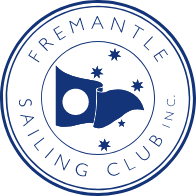OUR HISTORY
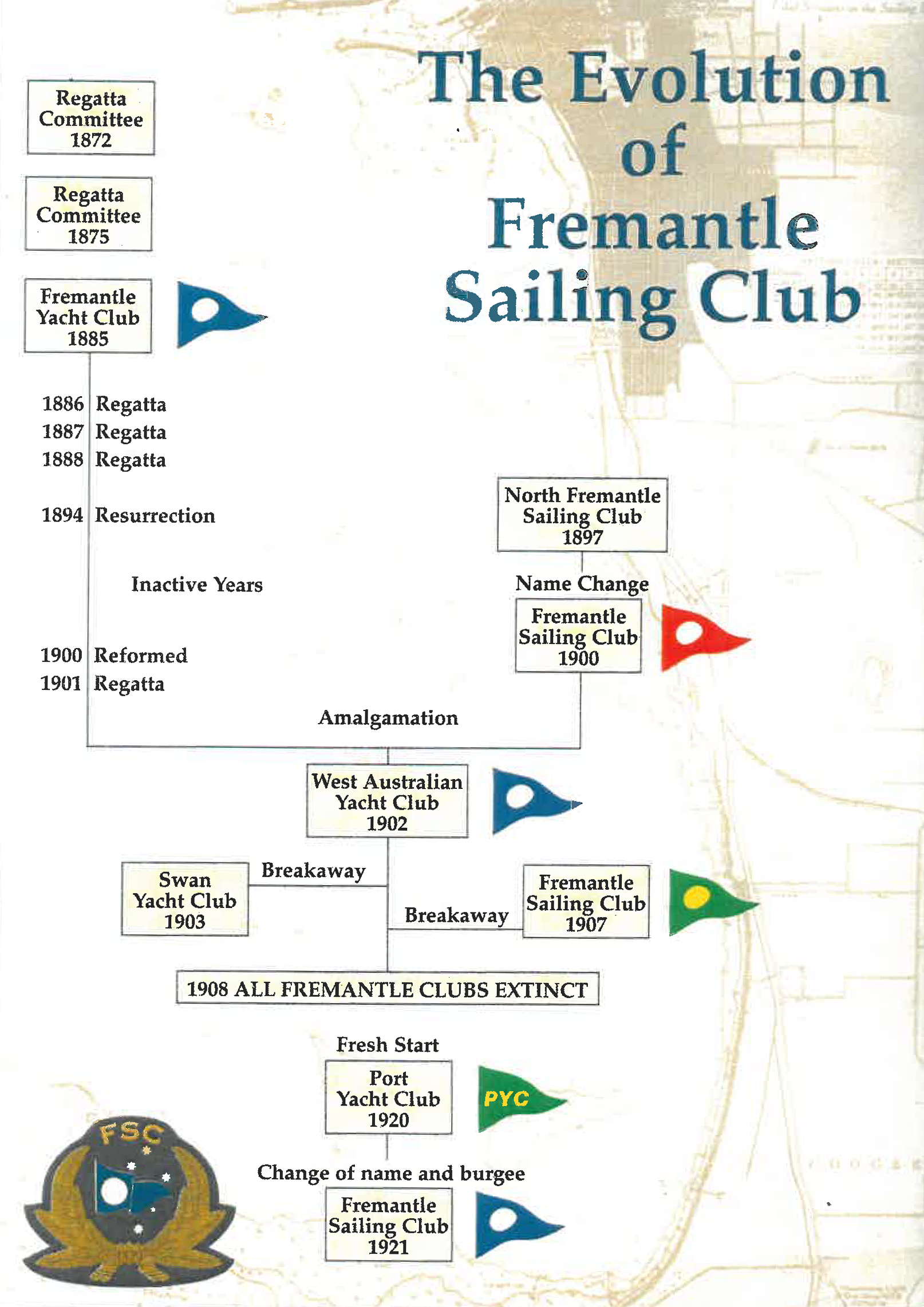
The Origins: 1870 - 1920
The origin of sailing races in Fremantle goes back as far as 1870, when merchant ship owners and seafarers sailing in and out of Fremantle, using sailing craft of all sizes and built for many purposes, recognised the beautiful sailing conditions of the area.In those days, sailing was seen as an activity that “encouraged manly and healthy sports” by those that mattered in society and Governor Weld not only gave his patronage but also 10 shillings towards a race fund.
Fremantle held its first regatta in May 1872 on the Queen’s birthday holiday. The Regatta Committee included some of Fremantle’s leading businessmen – names such as Bateman and Samson which are still recognisable today.
The vessels available for racing also had to earn a living between races, resulting in an eclectic entry of cargo and coasting vessels, whaleboats and yachts of varying sizes. The races were very popular and sailing gained in stature over the years.
The regattas continued and finally, the North Fremantle Sailing Club was formed in 1897. The club, which had 34 members, owned a fenced property near where the northern end of Stirling Bridge is today. In 1900 this club changed its name to Fremantle Sailing Club, a name that continued after its amalgamation with Fremantle Yacht Club in 1902. However, by 1908 the clubs ceased to exist.
With so many men away and the horrors of the First World War, sailing for pleasure was not a priority and it was not until 1919 that a meeting was held, forming Fremantle Sailing Club we know it today.

South Beach Era: 1921 - 1923
For some years, the Club had no headquarters or Clubhouse and conducted most of its business in the Esplanade Hotel and Pier Hotel (Owner and Proprietor Mr Valmadre), or in private homes.The first Commodore – Captain Oliver Burford RAN served two terms and was succeeded in 1922 by Lieutenant Louden Shand who also held the position for two years. Shand was a Naval Officer in charge of the naval establishment in Fremantle and it was because of him that the Club was able to hold its meetings in the old Navy Drill Hall in Perry Street, Fremantle.
Vessels of the day averaged around 6-7 metres. These were moored for the season which would generally commence on ‘Show Day’ in October and finish after the Easter Holidays when they would be taken home on jinkers for the winter.
Yacht racing was conducted over the two old South Beach courses. These were triangular courses that started and finished between a buoy and the Old South Beach Jetty at the foot of Douro Road, South Fremantle. Marker buoys were 44-gallon petrol drums fitted with a steel hoop and chain and, like the boats, were brought ashore at the end of the sailing season.
Races through the twenties included one, that the Club organised for a fleet of cray fishing boats – tall-masted, half-deck open boats, powered by sail and owned mainly by Italians.
Around 1922, the Fremantle Municipal Council (as it was then known) moved the old Customs Shed from the ‘long jetty’ to the foot of the South Beach Jetty, Douro Road, where it was known as ‘Field’s Bathing Shed’. In 1923, part of the Fremantle Army Base Hospital was transferred to South Beach creating the Hydrodome, making the old Customs Hall redundant. The Council offered the building to the Club if they would remove it.
After much planning, it was eventually decided to take down the sides of the building and float them to the new site which was Council land at the corner of Scott Street and Marine Terrace. Work was carried out on weekends and on three occasions Members succeeded in erecting the four walls (minus the roof due to lack of time) only to see a hard south-westerly or gale-force north-westerly lay the entire lot flat like a deck of playing cards.
Finally, an extra special effort was organised one weekend which enabled the roof to be secured and after much frustration and hard work, Fremantle Sailing Club had at long last obtained its first home at the rental of 12 shillings and sixpence per week.
Scott Street: 1924 - 1938
The new Clubhouse became a meeting place, but without access to the water. The Council generously provided a slipway on stumps from the road to the water. Boats were rolled up and down on wooden rollers. Sadly, it rose very steeply making it difficult for Members to hold and position the rollers. So, instead, use was made of the other Council slipway opposite Mews Boatyard and Louisa Street and the new slipway disappeared after a couple of winters.The Club still conducted racing in the waters opposite, and Club Member, Phil White had to carry the flag-pole over his shoulder from the Clubhouse to the end of the jetty every Saturday. This, of course, attracted many obvious comments from Members and onlookers alike.
The years that followed the erection of this first Clubhouse at the foot of Scott Street, brought an increase in Membership. This was somewhat assisted by each competing boat being required to carry at least three financial Members in addition to the skipper. The Great Depression of the 1930s, however resulted in the loss of some Members who had to take subsistence work away from the ocean to survive, but when the economy improved, so did the fortunes of the Club.
Life Member – Noel Sweetman, aged 10 in 1938 has great memories of those days:
As a child, all the kids around the beach used to become what they call ‘bailer boys’. The boats had no pumps or anything in them in those days. The boys would sit in the bilge and bail the boats out with tins, jam tins. If it took a lot of water it was kero tin… There’d be sometimes two of you, two boys and you’d be bailing all the time when they were sailing up against the wind because there’s just water coming in all the time. They were semi-open boats. It was quite a job to be a bailer boy. It was an honour too. If you could get a bailer boy’s job you were made! You were somebody!
To build up the Club’s finances, the Club conducted weekly dances in partnership with the South Fremantle Swimming Club on the top floor of the Hydrodome. These were not profitable and from 1936, the Club conducted its own dances every Thursday at the RSL Hall in Fremantle. This hall, which rejoiced in the name ‘Palais de Dance’, and was situated where Stan Reilly Homes of the Aged stood in South Terrace near the Oval. Popular and well-known Club Member Gran Hickling ran the dances as Master of Ceremonies and they proved very popular and soon the Club was making money.The Scott Street premises were not without drawbacks. Prior to the construction, the site had been a rubbish dump that contained debris from two quite recent fires. Some said it smelt of old fish because the stumps were put down in a corner of the tip where the cans of fish had been dumped from the fires – in fact, cans could be heard ‘popping’ as they expanded on hot days. In addition, floating the structure to the site had resulted in the timbers warping and buckling and every year the sliding door on the north side would become stuck, possibly through subsidence, requiring a couple of good ‘southerly busters’ to straighten up the building again. It was also rudely suggested that the local Highland Pipe Band contributed to its demise by simply blowing it to pieces.
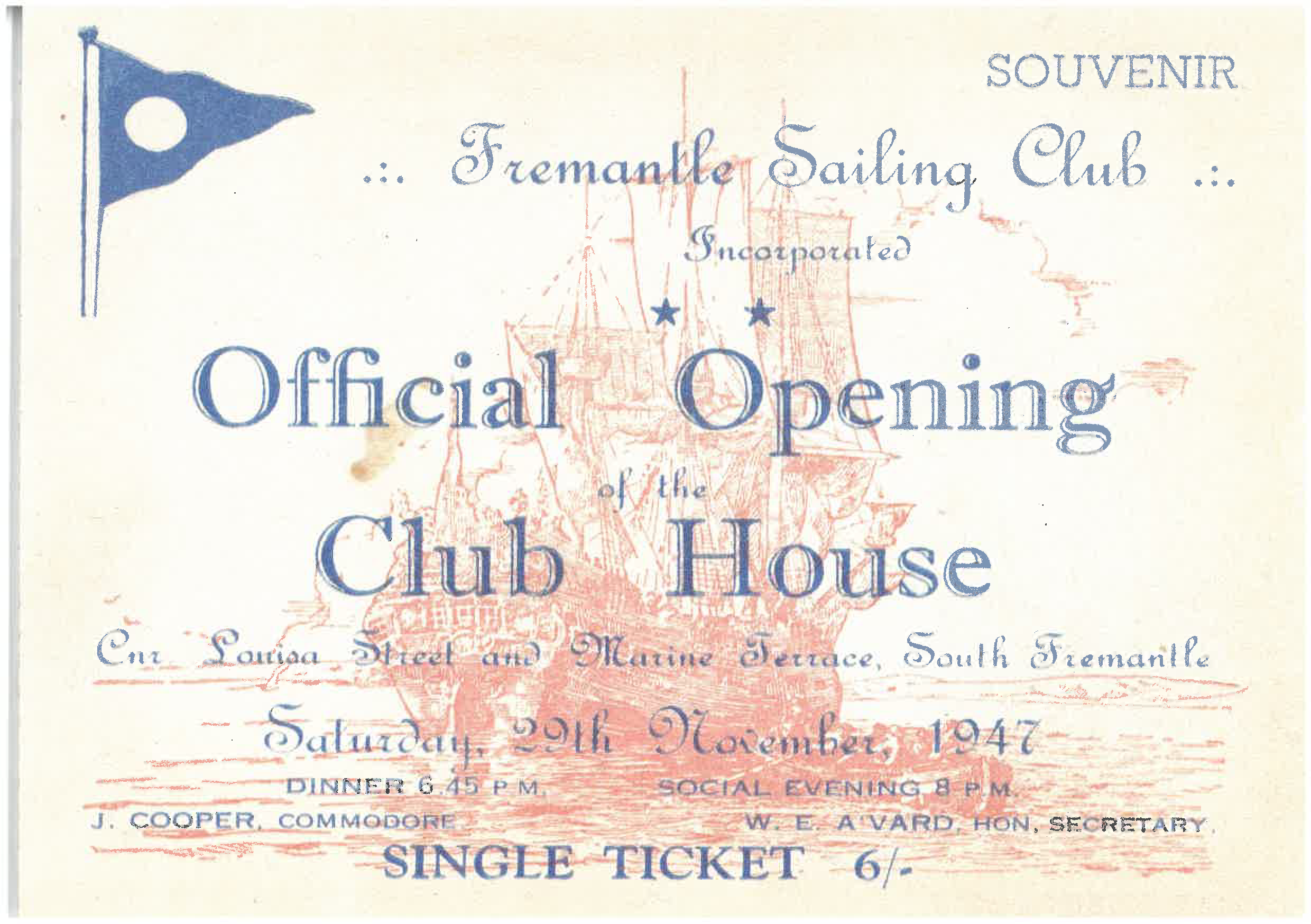
Louisa Street: 1939 - 1959
In 1939, two blocks of land on the corner of Louisa Street and Railway Street were combined and offered to the Club at a very reasonable price of £105. The Club did not have the money and Commodore Joseph Banks Cooper, a fitter, and Robert Samuel Cook, a blacksmith, undertook the properties as joint tenants and trustees for Fremantle Sailing Club and the Club had a new home. A few years later, on 4 December 1947, the whole property changed into the hands of Fremantle Sailing Club.It transpired that the Council had put the old Clubhouse up for tender and demolition, as it was considered a security risk and target in the event of a Japanese invasion during the second World War.
History was about to repeat itself with the outbreak of war in 1939. Many Members answered the call to arms, with some, unfortunately losing their lives and others becoming casualties. Servicemen were granted honorary Membership, but Membership once again dwindled and paying Members numbered just seven at one stage.
Life Member – Noel Sweetman recalls:
At Fremantle Sailing Club we had to take all our boats up the river for fear the Japanese would come and use those boats. Even the fishing fleet. Every boat that was moored anywhere in Cockburn Sound was ordered to go up the river by the Navy - the Government.
With the cessation of hostilities in 1945, the Club was again faced with the task of rebuilding its Membership and getting back to business.
With the Council disposing of the old building, the Club became homeless and it was decided to make a start on levelling the blocks purchased by Commodore Joe Cooper, in Louisa Street. As these were still in their virgin state, volunteers made a slow process, but eventually, both blocks were levelled at no cost to the Club.
A suitable building was then sought for this land. At this stage, the Disposals Commission was putting ex-Army huts and various wartime buildings up for tender. These included dormitories and mess halls used by the United States Submariners at North Quay. Local authorities had the first preference and Fremantle Council agreed to help by tendering on the Club’s behalf and a building was secured.
Demolition and transport from North Quay was too big a job for volunteers, so they enlisted building contractors who did a magnificent job at a very reasonable cost. Thereafter busy bees focused on relining the building, constructing seating, rewiring and painting. Work ceased at 5.00pm with Members enjoying a cold keg of beer. Social activities in the evening included a piano, which was purchased well before the floor was even fitted!
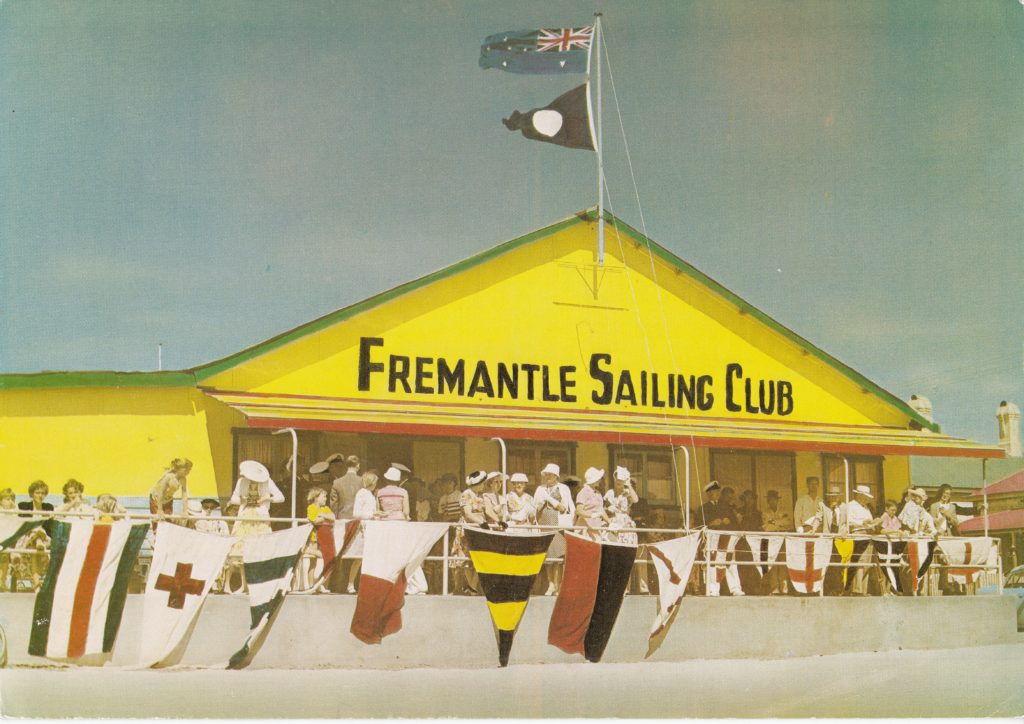
Despite some opposition, a Ladies Auxiliary was formed and worked hard in the new Clubhouse, which comprised of a spacious dance hall, kitchen and toilet facilities, a committee room and office. It was officially opened in November 1947 and weekly dances drew big crowds and were a great source of income, which helped pay the expenses involved in the purchase and re-erection of the building.
Ideally, a sailing club needs its own access to the water. This involved a great deal of red tape, before permission was granted for a slipway for the use of the fleet. The fleet was moored predominantly at the foot of Louisa Street. For boat storage, the Club purchased the old Castlemaine Bottling Works building in East Fremantle and formed busy bees to demolish, transport and create a boat storage shed next to the Clubhouse.
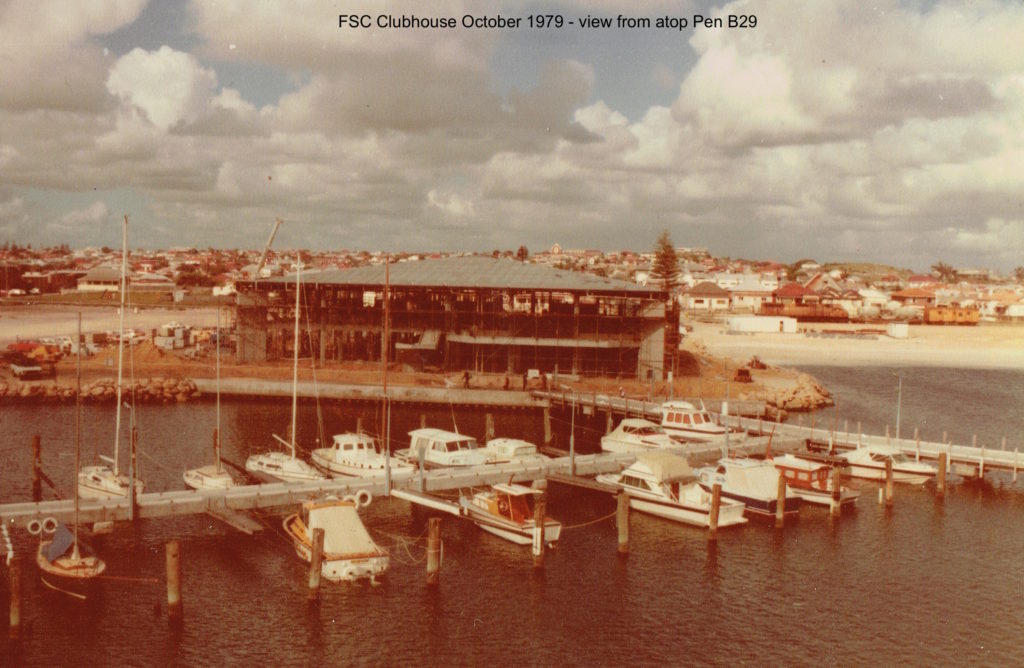
1960 - 1980
The construction of Fishing Boat Harbour in 1962, which took three years, created difficulties for Club boats in accessing the ocean and as a result fleet numbers dropped. Worse still, when the slipway was bulldozed, the Club had no waterfront facilities whatsoever, regular racing was suspended and sailing virtually ceased at the Club. Membership took a dramatic down-turn again as sailors transferred to river clubs or stopped sailing completely.Assisted by a boom in powerboating, the Club eventually gained permission to use the launching ramp recently constructed within the new Fishing Boat Harbour. There was a rapid increase in Membership, mostly powerboat owners keen to take advantage of the easy access to the ocean. Several Club sections started in the years that followed.
The Western Australian 150th Anniversary Celebrations and an international yacht race provided the impetus for Success Harbour and a new Clubhouse to be built. The Parmelia Yacht Race from Plymouth, England to Fremantle was named after Parmelia which brought the first free settlers to the Swan River Colony in 1829. It was a highlight of the 150th celebrations but it needed a marina to host the visiting yachts. The fastest Parmelia Race yacht, Independent Endeavour, arrived at the finish line in the Fremantle Port Harbour in November 1979.
In 1977, the site for the Club covered 18 hectares of water and 6 hectares of reclaimed land. Work commenced in 1978 and when completed, the dream of Fremantle Sailing Club having its own harbour came true. The Clubhouse opened for business in 1979 with Premier Sir Charles Court, unveiling a plaque in December of that year. It was a rather premature opening, because the fitting out of the Clubhouse and landscaping continuing into the late 1980s.
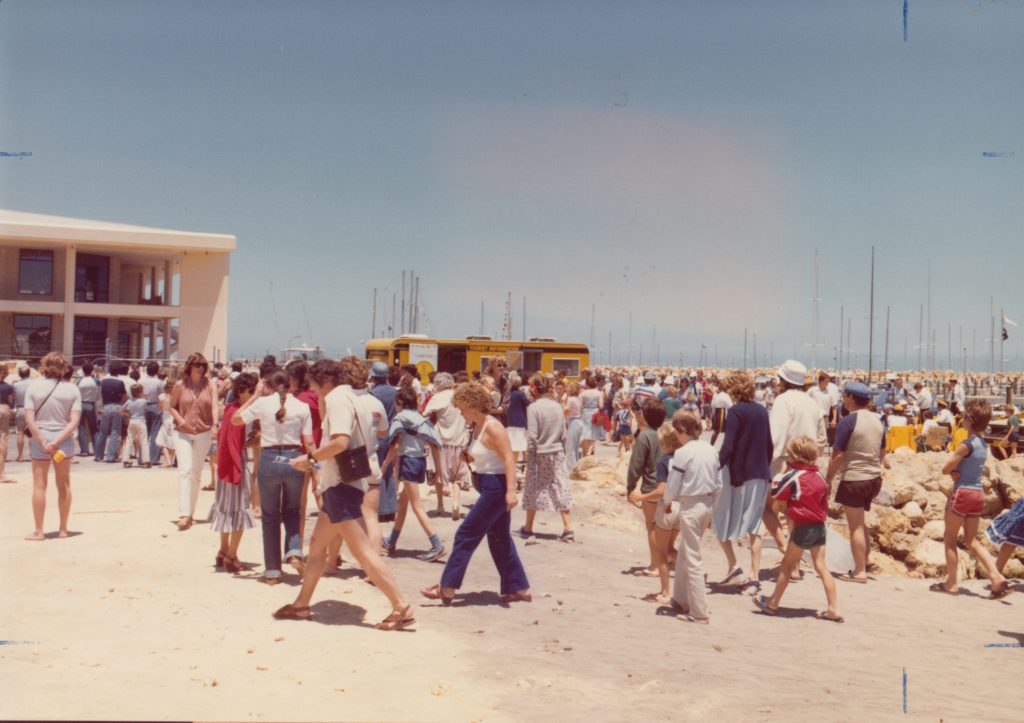
The site for the Club decided in 1977 covered 18 hectares of water and 6 hectares of reclaimed land. In 1978 work commenced and when completed the dream of Fremantle Sailing Club having its own harbour came true. The Clubhouse opened for business late 1979 with Premier Sir Charles Court, unveiling a plaque in December of that year. It was a rather premature opening with fitting out of the Clubhouse and landscaping continuing into the late 1980s.
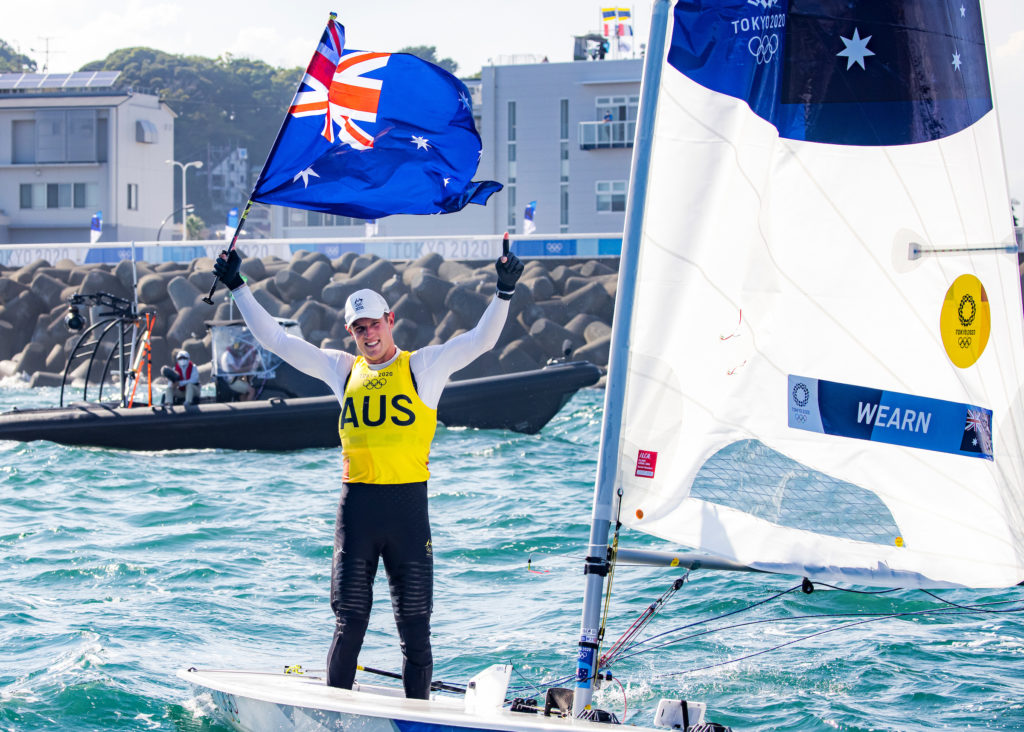
Fremantle Sailing Club Today: 2020s
Over the years, the Club has gone from strength to strength and has developed into the wonderful facility you see today. The Club has hosted many syndicates in the America’s Cup, and over the years many international and national events, including the Clipper ‘Round the World Race’. Sailors from Fremantle compete in state, national and international events like Fremantle Members Luke Parkinson who has competed in both the America’s Cup and the Volvo Ocean Race winning the 2014/15 edition with Abu Dhabi Ocean Racing. In 2008, 470 sailors Tessa Parkinson and Elise Rechichi won Gold at the Beijing Olympics and in 2008, the Club was fortunate to have three of its members, Matt Wearn and 470 duo Nia Jerwood and Monique de Vries compete in the 2020 Tokyo Olympic Games, with Matt Wearn bringing home a Gold. At the 2024 Olympics in Paris, Matt Wearn, brought home back-to-back Gold Medals in the Men’s ILCA, Nia Jerwood competed as part of the 470 duo and FSC member Arthur Brett coached Grae Morris to win Silver in the IQ Foil. Today the Club is home to over 3300 members, 900 boat owners and has over 10 different activity sections which are active all year round.
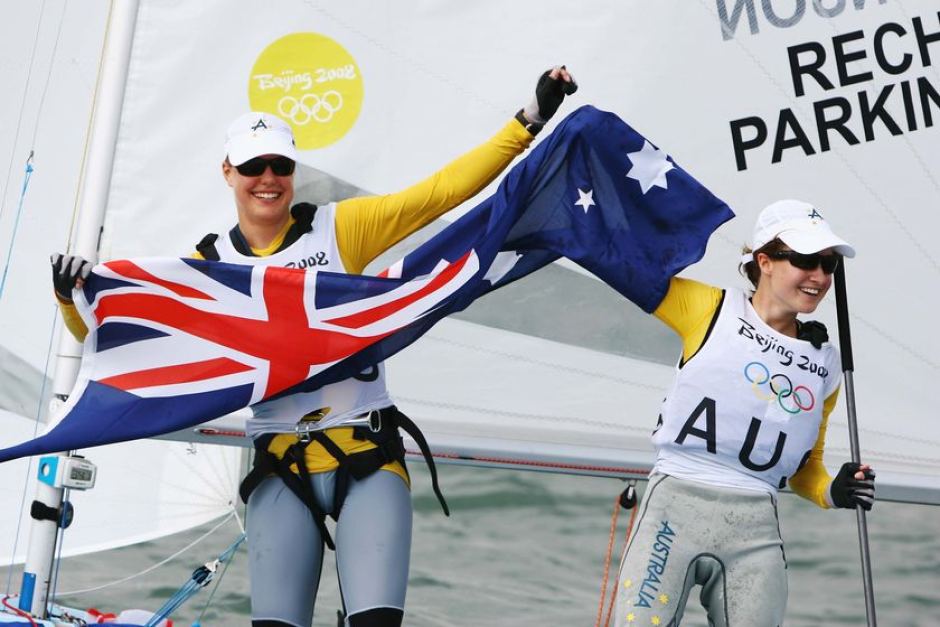
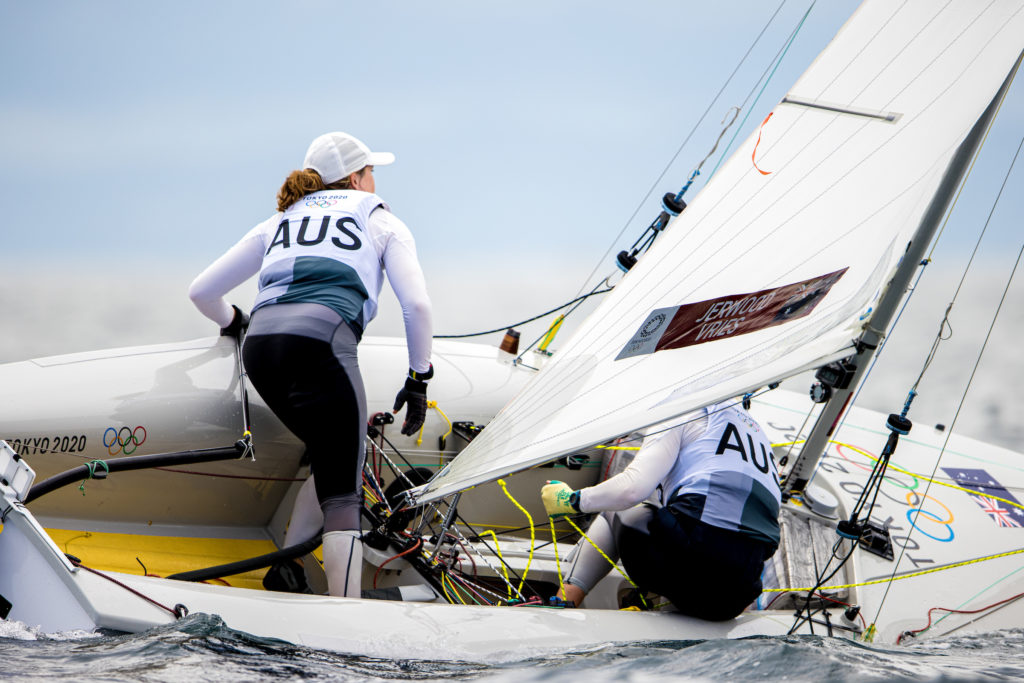
Acknowledgements:
Fremantle Sailing Club gratefully acknowledge the generosity of the huge number of Members, past and present and the Fremantle City Library Archives.
Archives Committee
The Fremantle Sailing Club Archives & History have been collected through the dedicated work of Members committed to preserving the Club’s legacy and the histories of those with long-standing involvement.
If you have any information or recommendations, please email them to [email protected], or call Carolyn Jupp at 0409 888 279, or leave them for Archives at the Reception desk.
